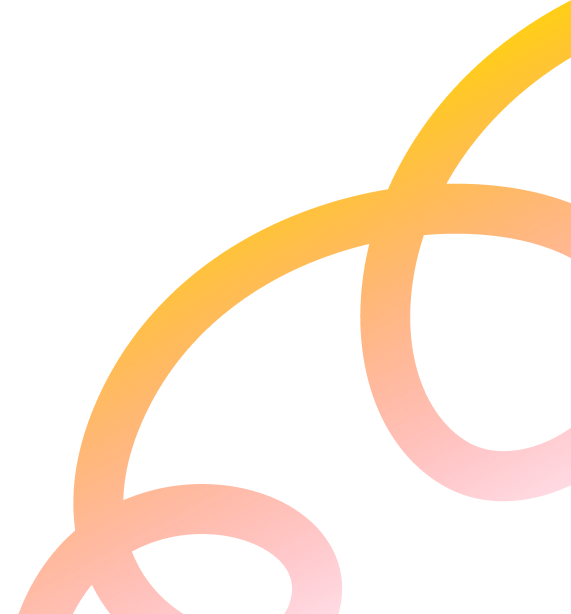
The Role of Technology in Recruitment and Selection: Trends for the Year Ahead
Is your business leveraging the powers of technology for quality recruitment and selection instead of a human recruiter? How much do you know about the process?
Technology is becoming more effective in streamlining the hiring process. Here’s what to know about recruitment technology and how it will shape the hiring process in 2025.
How Technology Applies to the Recruitment Landscape
Technology is used in many areas of life, becoming increasingly efficient and accurate. It’s a broad term that encompasses anything digital, online, or electronic.
In recruitment, technology is used to develop smart software, apps, websites, automation, AI, databases and analytics, and so much more. It’s these tools that future-driven HR teams and business leaders are using to hire the best talent.
Recruitment Technology Processes
How is recruitment technology being used to attract, filter through, qualify, narrow down, and hire new talent and write job descriptions even?
AI-Powered Candidate Screening
A business using talent recruitment software can input their parameters for new hires. This tells the software how to filter through candidates before the hiring team has to get involved. That way only relevant applications come through. Parameters can include: level/type of experience, hard skills, soft skills, education level, location, start time, spoken languages, and more.
AI uses data-driven decision-making to highlight the best applications based on the predefined requirements. This software can even be applied to video interviews and pre-assessments to catch keywords and summarize the applicant’s qualification for the role.
Virtual Interviews and Remote Hiring
Remote work is currently booming, allowing the right candidate to do the job despite geographical location. Even if the applicant is close to the business in question, technology enables virtual interviewing and analysis. Virtual interviews save travel expenses, resources, and time. It allows people to connect quickly and efficiently, no matter their location.
Following virtual interviews, a business can choose to hire remotely, securing the best talent for the role without added challenges. Remote hiring allows businesses to connect with and onboard new recruits from across the globe, ensuring they get the best fit for the team.
Data Analytics and Predictive Hiring Process
One of the best perks of recruitment technology is data collection, categorization, and analysis. This can be a hefty task for a person to take on, and can end up being repetitive. Technology takes this responsibility off the human and does the data work based on set criteria.
The business can choose what data they want to secure. For example, names, education, qualifications, distance, how they want it organized, and what analytics they need to see for informed decisions and growth potential. Organized data enables the business to make data-driven hiring decisions.
Further data can be collected and analyzed to create a bigger picture of recruitment in that business. This information would highlight what kind of recruits they attract, how long they stay, what their expectations are, and more. This can inform the business’s job postings and hiring process if they’re looking for a different outcome.
Predictive analytics uses data and past trends to identify a candidate’s expected success rate in a specific role. It can also outline when the business is likely to need a new recruit, and how they can improve their recruitment process in the future for a more refined talent pool.
Hiring software is also used to pinpoint skill gaps in the business based on acquired data. It can inform the business about these gaps in any department and suggest training programs, new positions, or learning initiatives to close the gap.

Image source: Unsplash
Automated Applicant Tracking Software
Typically, a job posting brings in hundreds of applications. With only the human touch, many of those applicants might not be seen. With the right software, all applicants are given equal chances. They’re all subject to the same criteria to narrow down the talent pool.
An automated applicant tracking software handles many repetitive recruitment tasks, from job postings to screening to tracking. It can manage application intake and filter them based on criteria, then follow up with messaging to take them through the initial hiring process.
With smart tracking tools, businesses can handle a high volume of applications without missing out on any candidates. Hiring managers can easily see where they are in the process and know when it’s time to follow up.
Benefits of a Digital Recruiting Process
Employer Branding Attracts Job Seekers
Hiring software is another platform where businesses can showcase their brand, UVPs, mission, voice, and more. Employer branding creates increased candidate attraction with clear messaging and positive perception.
Accuracy in Data Management
Technology is often used for its accuracy and efficiency. It can make fast, accurate decisions based on data and criteria to provide the business with their desired result (aka: the best candidates).
Employee Retention
Digital hiring tools filter through applicants to find candidates with the highest success rate and most applicable experience, meaning the person will be right for the job, which increases retention rate and candidate engagement.
Automation Streamlines the Process
Instead of HR professionals spending hours doing mindless, repetitive work, which can cause bottlenecks in the hiring process, the software can take on that part, and they can focus on personalization, human connection, and branding.

Image source: Unsplash
What Are the Latest Trends in Recruitment?
Increasingly Tech-Centered
Hiring is becoming increasingly tech-centered to automate repetitive tasks, and make unbiased, informed decisions. AI becomes more efficient and accurate every day. Its learning behavior enables it to align more closely with the brand, facilitating smarter decision-making.
Prioritizing Team Culture
Hiring technology can help ensure alignment with team culture. When a business has an established team looking to fill a role, AI and automated applicant tracking systems can identify the best candidate to fit into the group. This ensures the new hire matches the team’s existing dynamics, boosting retention, connection, and morale.
Pursuing Diversity Initiatives
Hiring software makes unbiased decisions by analyzing parameters like keywords, education level, and relevant experience. This allows businesses to pursue diversity initiatives by selecting the right candidate for the role without prejudice. Applicants can also see what the company values through thoughtful hiring processes that focus on ability and talent, rather than other factors.
Ethical Considerations in Recruitment
Since businesses set the criteria for software decisions and candidate filtering, they must ensure an ethical recruitment process. They should prioritize transparency and privacy, especially as the application process involves data collection.
To counteract algorithmic bias, regular audits and adjustments are necessary. Attention should be paid to the data provided, without adding unnecessary opinions. The digital hiring process risks being dehumanizing if it lacks a human touch. HR or hiring teams should engage with applicants to bring empathy and understanding to decision-making.
Hiring technology can also enable applicants with disabilities to apply to job postings (when done correctly). For example, the software should be inclusive and accessible to anyone. It should offer accommodations if an applicant needs assistance or another method to apply.

Image source: Unsplash
Streamlining the Recruitment Process with Ad Culture
At Ad Culture, we’re all about connecting businesses with the right talent! Our tech-driven approach to recruitment and selection streamlines the hiring process, ensuring you find the perfect fit for your team.
Let us help you make the best decisions when it comes to hiring talent. If you’re a hiring manager, contact us today for the best recruitment support, resources, and expertise.
Discover how we can help you thrive!








